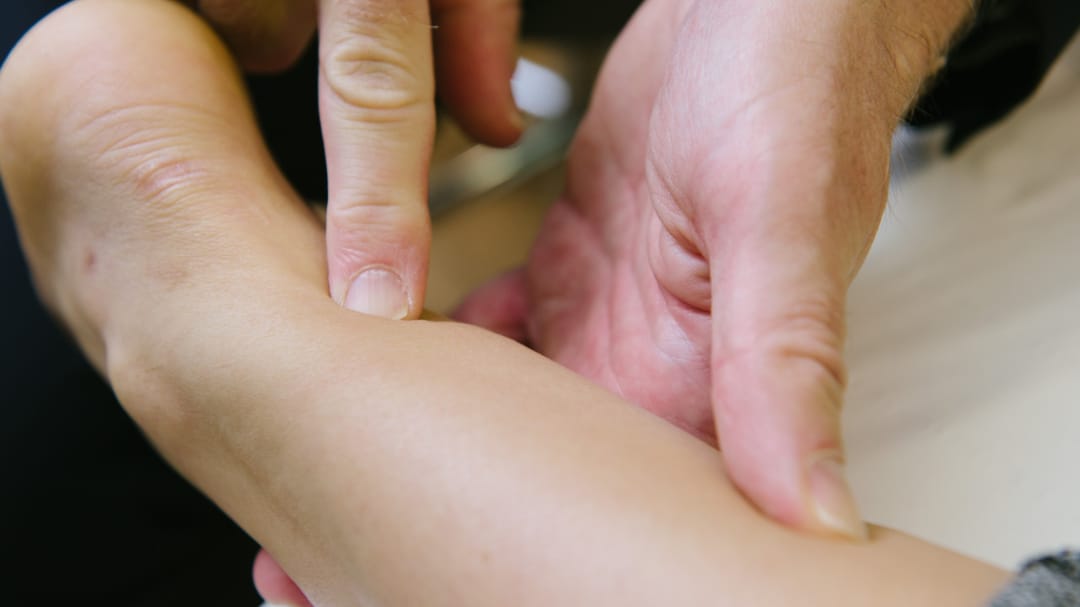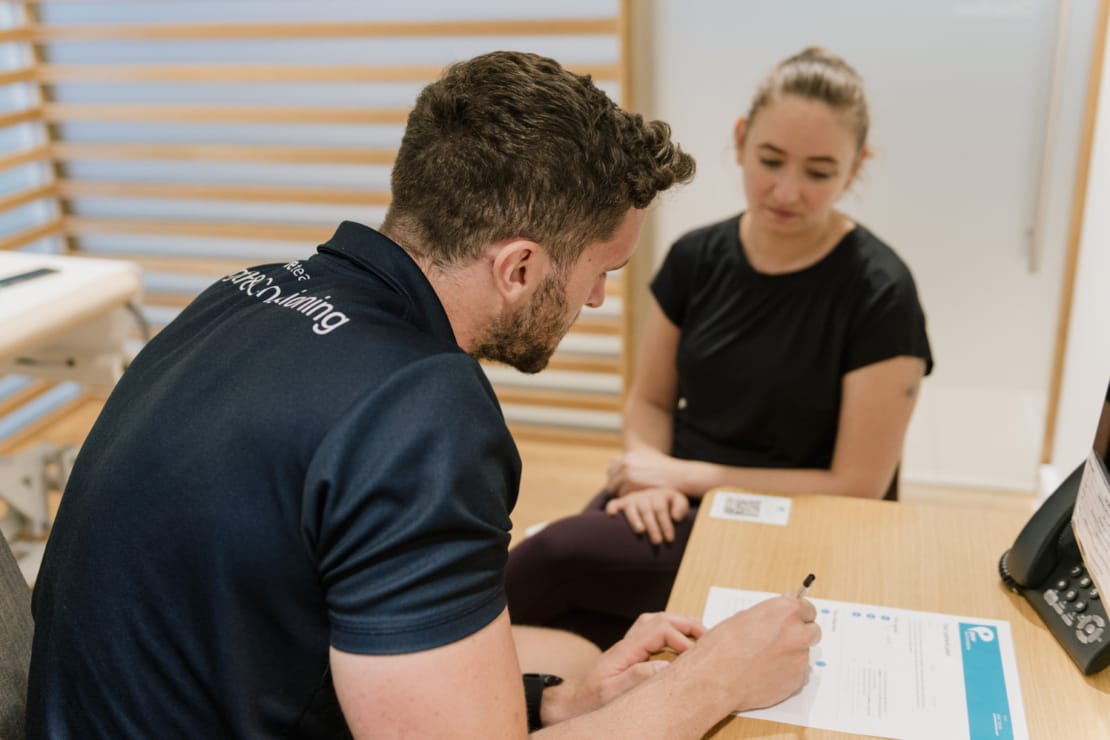How to Manage: Back Pain

Pure Sports Medicine
- 21 September, 2018
- Back Pain
- 4 min read
We all know someone whose life is severely affected by back pain. Therefore, anyone experiencing back pain for the first time is understandably concerned that they will have ongoing problems that will interfere with their lifestyle.

The truth is that most back pain is rarely due to any serious cause or disease and settles within a couple of weeks, so that you can get on with a normal life again.
Returning to normal activity is essential in order to alleviate pain and be able to continue with your daily life. Our backs are made to move. Movement helps increase the circulation to areas of pain and helps keep the muscles and ligaments of our back strong.
Do Not Go To Bed If You Experience Back Pain
Bed rest stops us using the joints and muscles in the way they were designed to work. It is OK to lie down and rest for 20 minutes or so throughout the day, but staying there will not get rid of the pain. Rest means avoiding any vigorous or prolonged activity. If the pain is bad – doing a little less than normal is OK, including a short lie down, but try and keep as active as possible.
Your back is one of the strongest parts of your body. It is made up of very strong bone structures all held together by a large network of ligaments and muscles. It is actually very difficult to damage your spine. Most people who experience back pain do not have anything damaged in their spines.
Therefore, it is fairly rare that the cause of back pain be determined with an X-ray or scan. The results rarely change the way that your back pain will be managed by medical professionals and so it is unlikely that an X-ray or scan will be arranged.
Usually, back pain is due to a problem with the way in which the joints and muscles are working together to produce synchronised movement. Exercise and activity are therefore very important in helping sort this out.
What Type of Exercise?
Exercise is essential for maintaining good musculoskeletal function. The following exercises will allow you to stay active but will not put too much strain on your back:
- Walking
- Cycling
- Gentle swimming
Start with just a few minutes exercise a day and gradually build up as you feel comfortable. Find something you enjoy and think of ways to fit it into your normal lifestyle.
Exercises for Acute Back Pain
A great deal of the pain from sudden onset back pain is associated with spasm in the muscles of the back. Gentle exercise can often help settle this spasm and allow you to move more easily. Sudden movements often cause the muscles to react so movements need to be done slowly and smoothly. The following exercises are recommended for anyone with back pain that has been present for less than a week. These exercises should all be done very gently and only to the point of pain.
Cat Curls / Hump and hollow (10 repetitions – slowly)
- Position yourself onto your hands and knees – on all fours.
- Tuck your bottom under to curl your back and drop your chin onto your chest at the same time.
- Relax to stick your bottom out as you lift your chin up.
- Move only as far as you feel comfortable.


Sit back on heels (5 repetitions – slowly)
- Position yourself onto your hands and knees – on all fours.
- Tuck your bottom under to curl your back and then gently sit your bottom back towards your heels, keeping your hands where they are.
- You should feel a gentle stretch in your back. Move only as far as you feel comfortable.
- Return to the starting position.

Spinal rotation (5 repetitions each side slowly)
- Position yourself onto your hands and knees – on all fours.
- Reach underneath your trunk with one hand to stretch through your rib area.
- Stretch out to the left with your right hand. Come back to the middle, swap hands and repeat to the other side.

Side bending (5 repetitions each side slowly)
- Stand with your hands by your side.
- Slide the hand down the side of your leg to feel a stretch in the opposite side.
- Repeat to the other side.
- You can also try this exercise with your hands over your head.

Backward bending (5 repetitions – slowly)
- Stand with your feet shoulder width apart and your hands in the small of your back.
- Gently lean backwards, pushing into your low back with your hands to support it.
- Use your tummy muscles to pull you back to standing straight.

Controlling the Pain
There are several things that you can use to help control the pain you are feeling. They may not alleviate the pain totally, but will allow you to move about more comfortably and stay active. It is important to remember that they do not CURE your back pain, but allow you to exercise to keep your back working normally.
Painkillers: Paracetamol, Aspirin and Ibuprofen are actually some of the most effective drugs for helping control back pain. It is best to take them at regular intervals for a few days rather than just taking them when your symptoms worsen
Heat / Ice: The use of these is a personal preference. Some people find ice helps settle the pain effectively and allows them to exercise. Other people prefer the sensation of a heat pack that helps to relax their back muscles.
Manual Therapy: Several studies have shown that manipulation and mobilisation can be very helpful in alleviating pain symptoms. Physiotherapists rarely use manual therapy alone, but also provide an individual exercise programme and advice about managing the problem.
Following this advice may not eliminate the pain you are experiencing instantly. Sometimes, back pain takes a couple of weeks to settle. If you have followed this advice and your symptoms have not settled or are worsening, it is essential to consult your GP or Physiotherapist for further information and treatment if required.

Advice
Over the last 20+ years our experts have helped more than 100,000 patients, but we don’t stop there. We also like to share our knowledge and insight to help people lead healthier lives, and here you will find our extensive library of advice on a variety of topics to help you do the same.
OUR ADVICE HUBS See all Advice Hubs

